Historic All-Girls Camp Prepares the Next Generation of Leaders
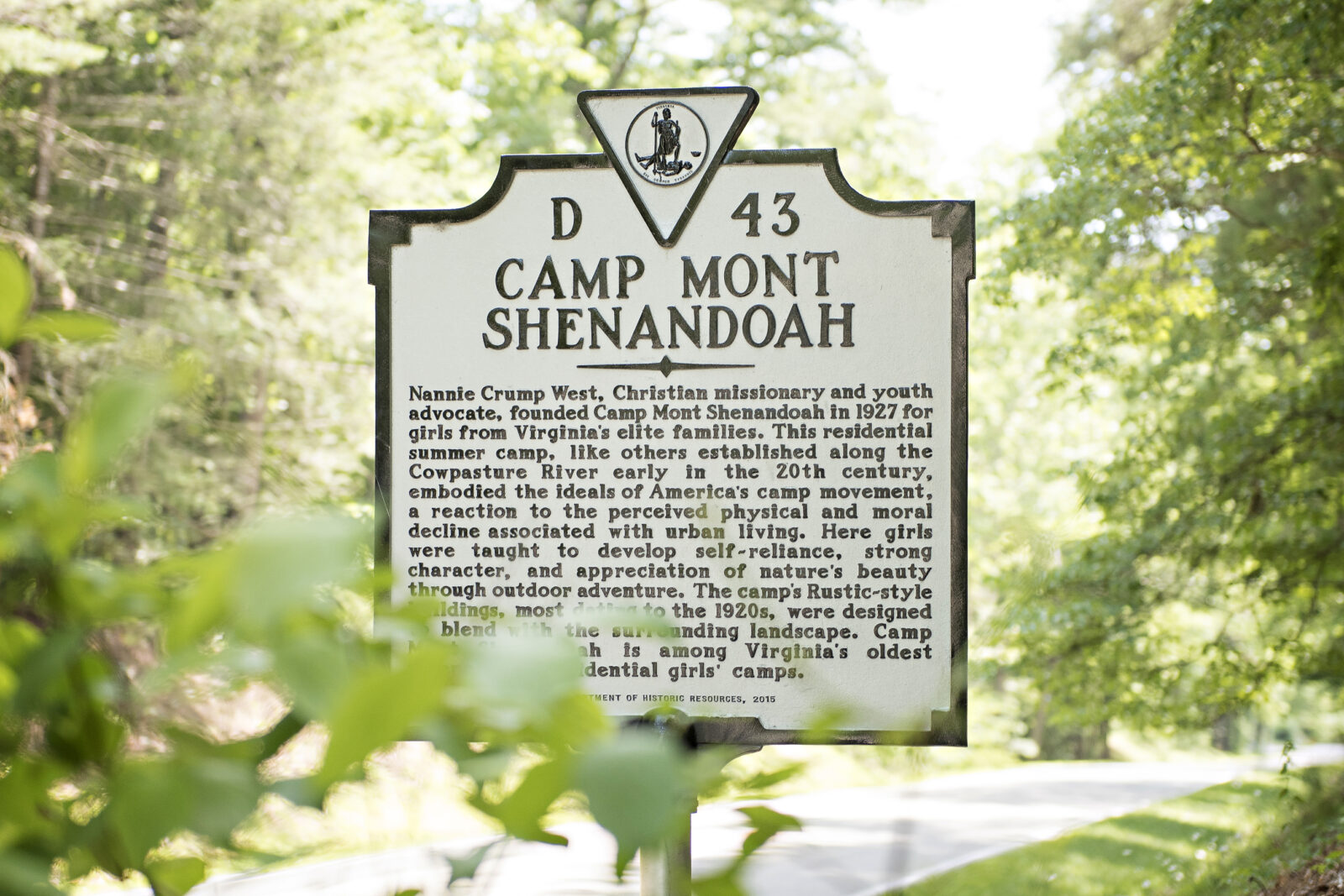
Written by Bill Kent | Photos courtesy of Camp Mont Shenandoah
No cell phones, no tablets, no computers.
“Though they’ve been told what to expect, some first-time campers are a bit upset,” says Camp Mont Shenandoah Director Ann Warner. “Our office has landlines and internet. But the initial benefit the girls receive begins with their direct experience of the natural world surrounding them.”
A direct descendent of Camp Mont Shenandoah’s family owners, Warner rides any of her five horses throughout the year. During the summer season, she supplements her stable with an additional 20 horses so her campers can develop equestrian skills.
“I didn’t start out as a camp person,” she adds. “When I was younger, my family lived in Ohio, where I first learned to ride. Then my parents sent me here and I fell in love.” She spent several seasons as a camper and counselor, and, finally, owner.
Located in Bath County’s Millboro Springs, Camp Mont Shenandoah is one of Virginia’s oldest summer camps. Except for 2022, when the pandemic closed camps throughout the Commonwealth, a summer hasn’t passed in 98 years without 300 or so girls attending, ages 7 to 15, leaving homes as far away as Florida, California, the Caribbean, and the United Kingdom.
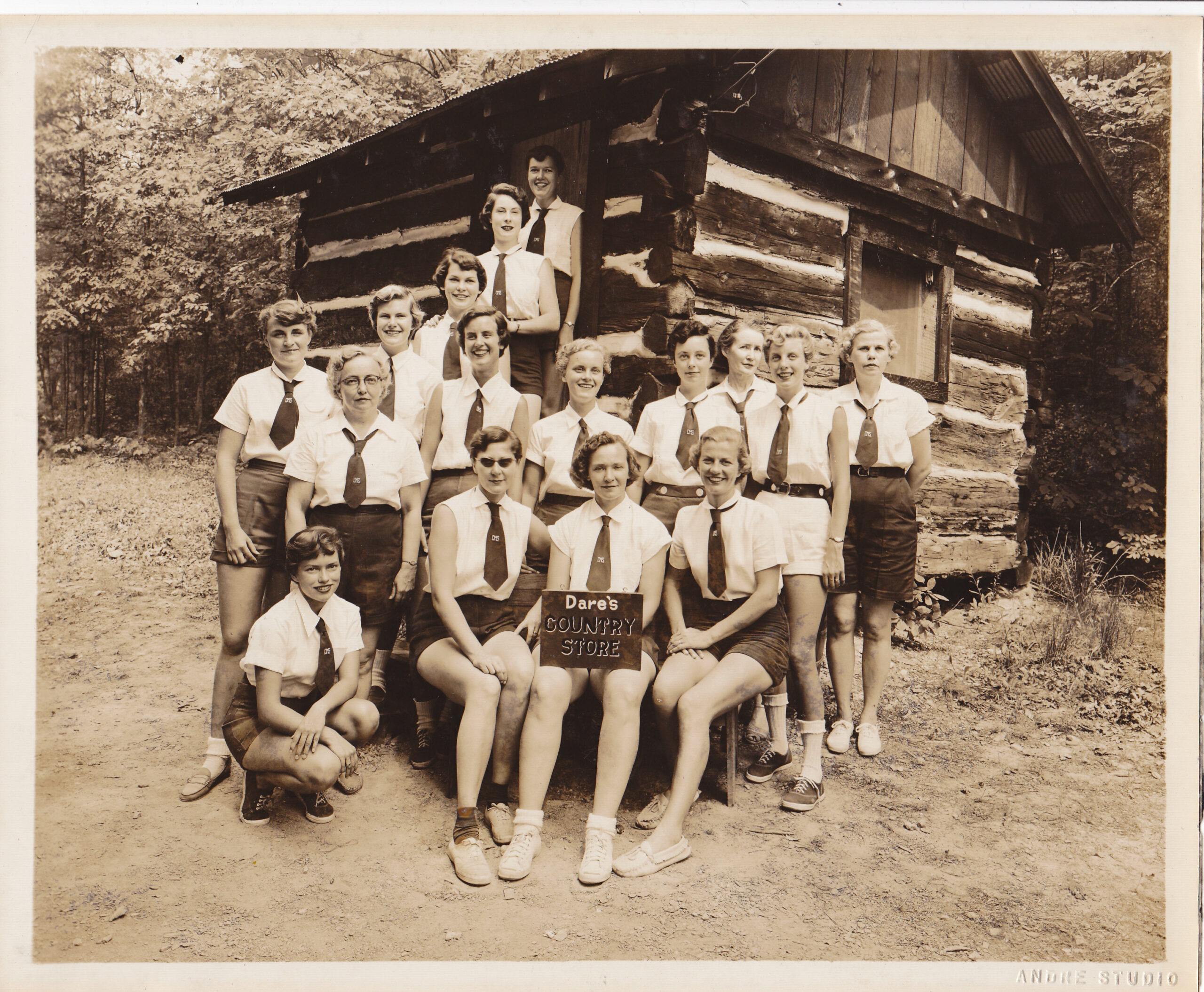
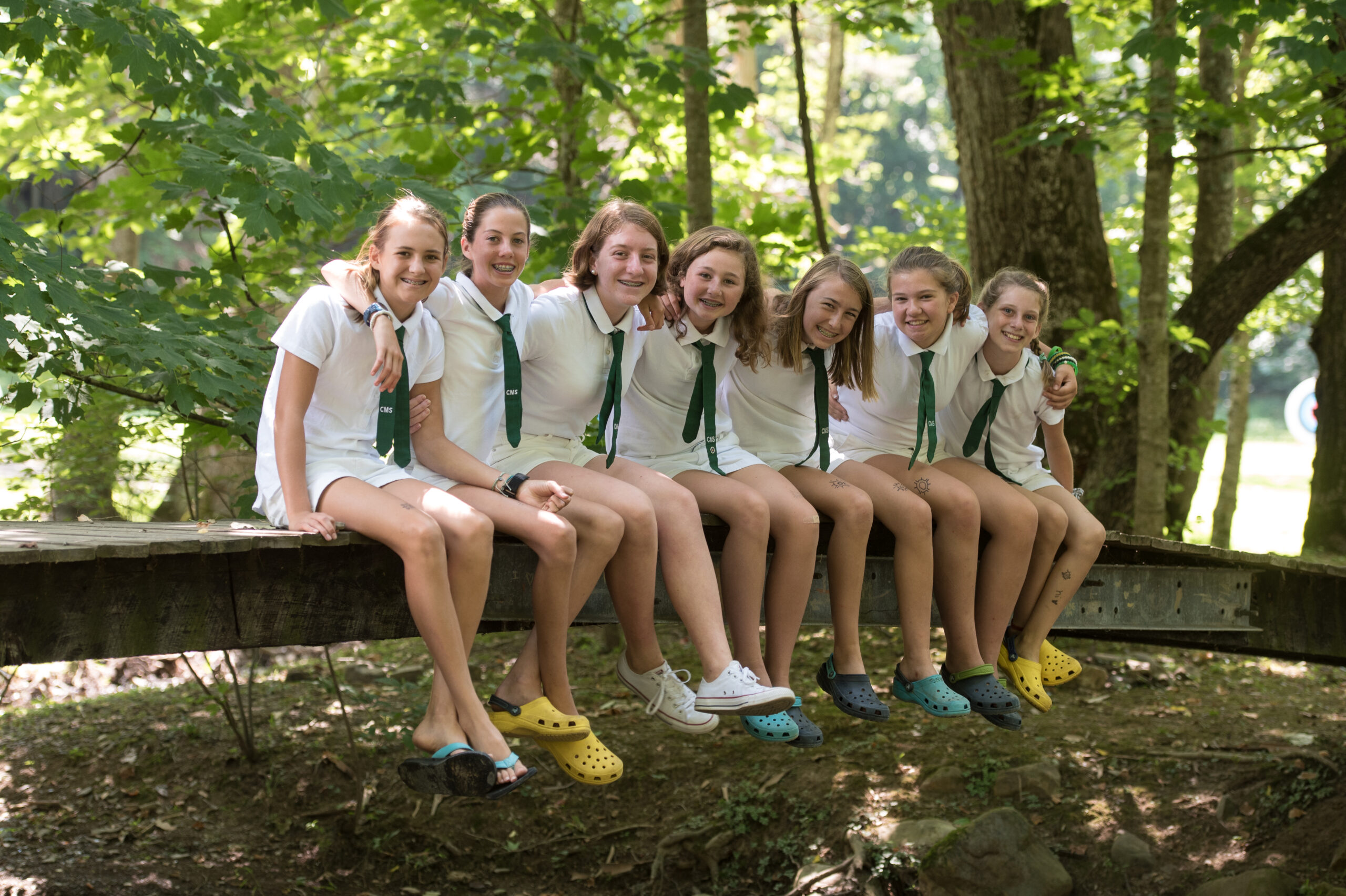
Once the girls say goodbye to their parents, campers spend anywhere from one to six weeks sleeping in rustic wooden cabins. On any given day they ride, compete in team and solo sports, learn various arts and crafts, perform in camp musicals, sing songs around a campfire, swim in the Cowpasture River, and show their counselors — most of whom are former campers — that they have written at least one letter home each week before sitting down to Sunday’s fried chicken supper and ice cream sundae dessert.
“Of course, there have been changes over the years,” Warner continues. “But the essence of the camp has stayed the same from the beginning: love, loyalty, friendship, sportsmanship, and spiritual awareness.”
Later in life, Camp Mont Shenandoah’s attendees have distinguished themselves in professional careers, education, sports, and the arts. Among relatively recent campers have been bluegrass singer Rebecca Frazier, equestrienne Katlyn Parker, and the daughters of Virginia Senator Mark Warner. Though not related to Ann, Senator Warner sent the camp a letter of commendation, citing it as a place that “prepares the Commonwealth’s young women to become the next generation of leaders.”
Included in that next generation are the daughters of Cathy McGehee, head of the Middleburg’s Foxcroft School.
“Eliza and Jane flourished there,” McGehee recalls. “During those no-tech weeks at camp, they could unplug and notice the world around them… They learned to compromise with their cabin-mates, [and] be part of a team. They also learned valuable outdoor skills, and returned more confident and mature.”
Both daughters became counselors. They then went on to base their college essays on their experiences at camp. The subject? “How CMS transformed their lives,” McGehee supplies.
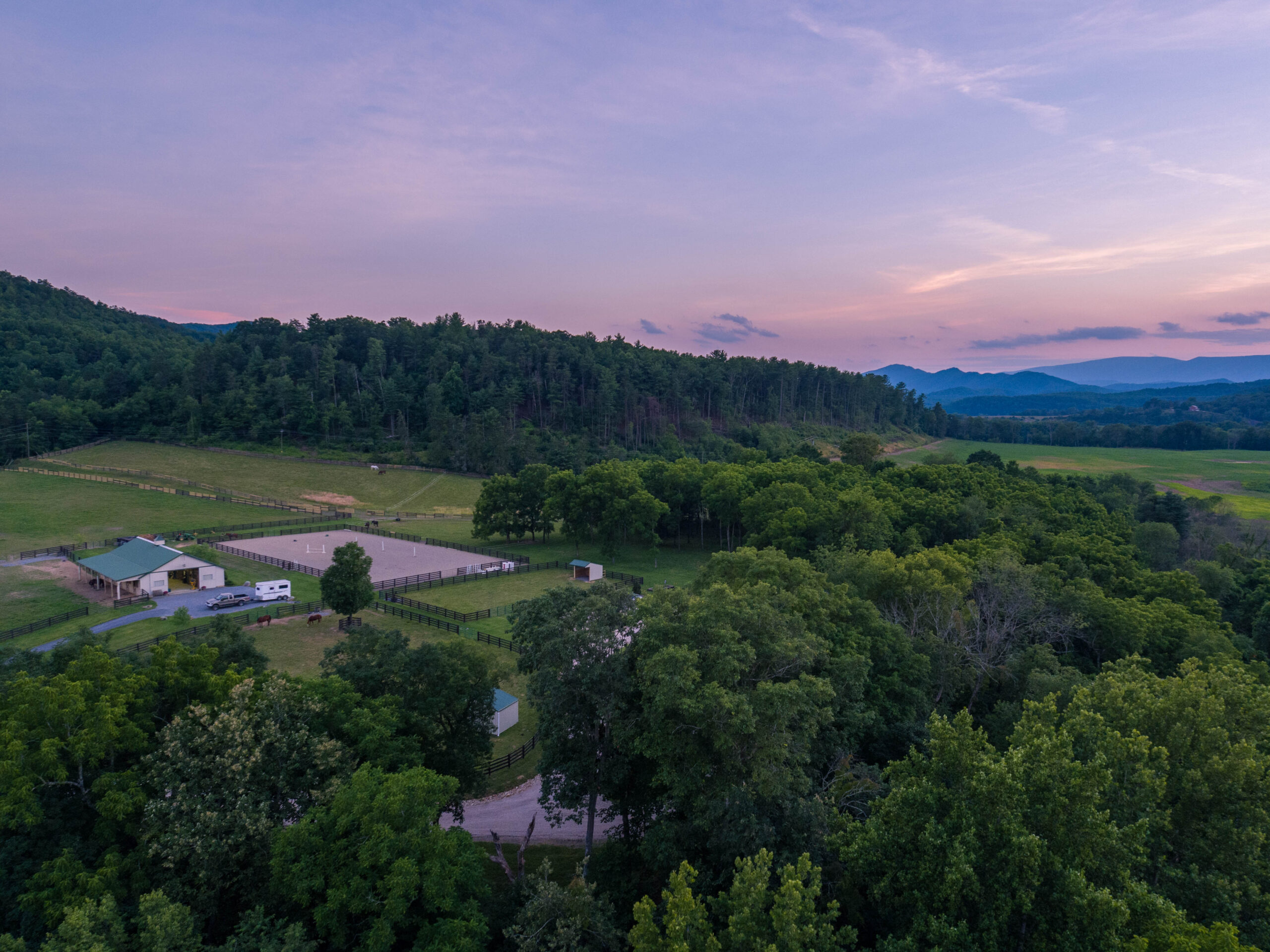
Transformation, according to Cathy Hutchins, an editor, publisher, and retired Camp Mont Shenandoah program director now living in Delaware, is what makes the camp special. Founded by Richmond Settlement House Director Nannie Crump West, the camp, now on the National Register of Historic Places, was built on ideas considered revolutionary at the time. “In 1927, to have a place for young girls to be independent and out in nature was a very forward thing to do,” Hutchins explains. “To have activities that developed self-confidence, to encourage girls to speak their minds and take leadership positions — this was something new, and very important for a young girl growing up. I felt this as a camper and a counselor. It is how I became what I am.”
The camp survived the Great Depression, as well as the hardships and shortages of World War II. In the late 1970s, American universities began to compete with summer camps with academically oriented on-campus, college-preparatory summer courses.
Camp Mont Shenandoah stuck to its traditional emphasis on outdoor activities. “We added soccer, field hockey, and lacrosse because the high schools were offering them,” Hutchins continues, “and having them at camp was a good way for girls who were acquiring skills in those sports to practice and improve. Other things we offered the girls had a lot to do with what skills the counselors brought to the camp.”
When one counselor told her that she knew how to knit, Hutchins decided to reintroduce it. “I don’t know when the camp stopped doing it. I was surprised at how many girls had no knowledge of it. But they took to it well. It became a kind of empowerment: If a girl can learn to master one thing, she can do anything.”
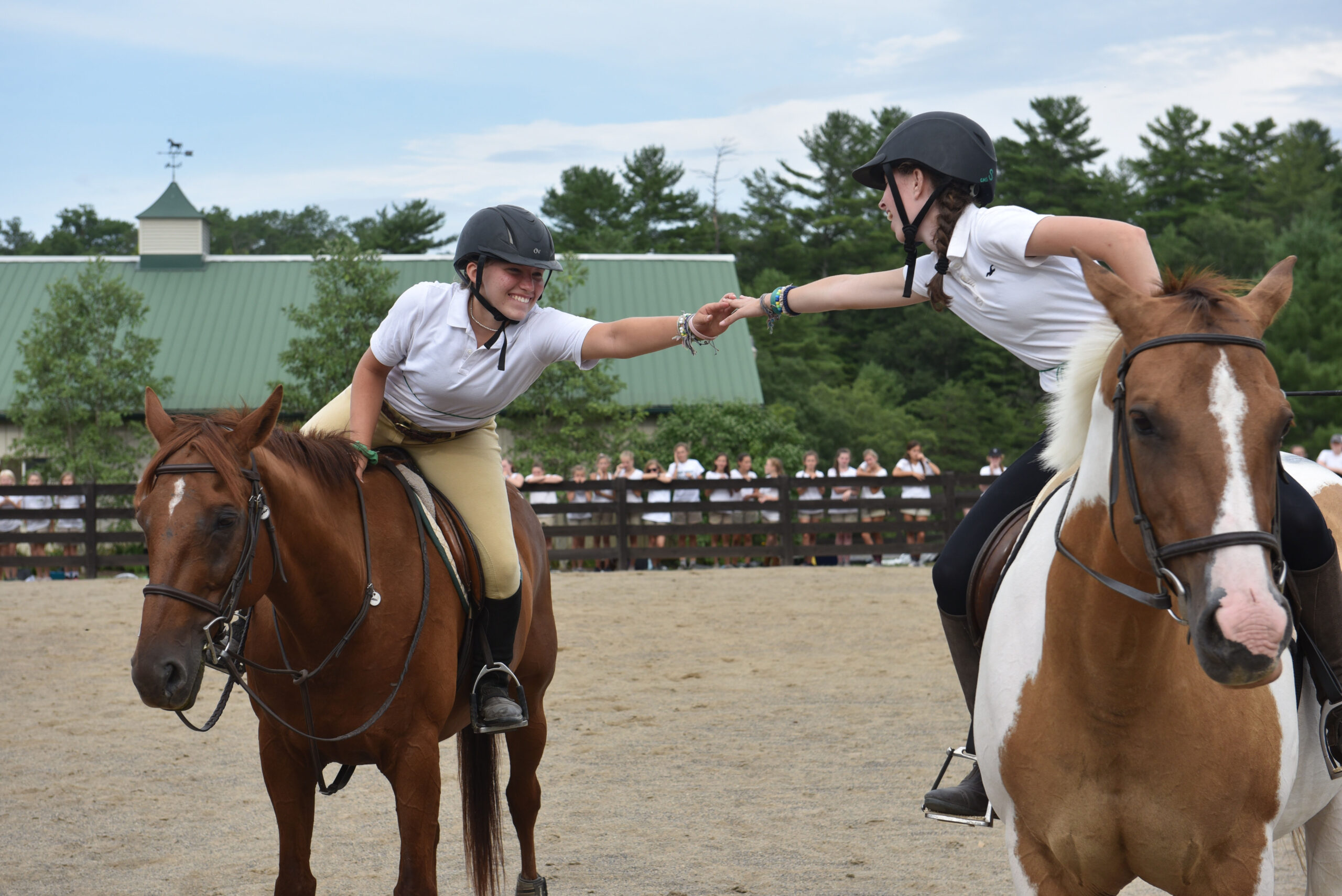
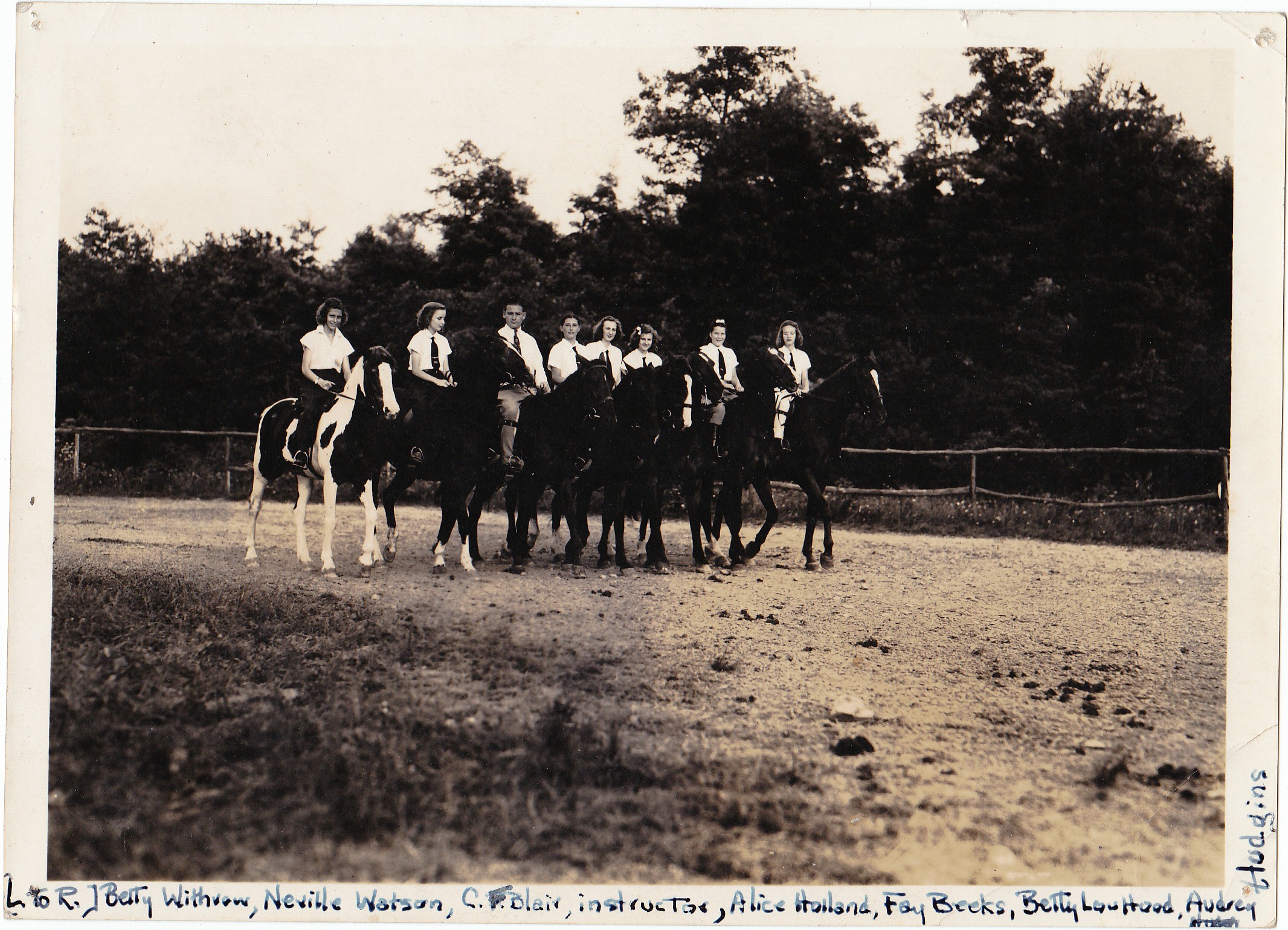
This said, it took a while before past participant Pamela Minkler became the proverbial happy camper. “For my first dinner, they were serving meatloaf, green beans, and mashed potatoes. I don’t know if I ate anything. I’m a vegetarian now, so I probably didn’t.”
She did find her way, but isn’t sure exactly how. “One morning I just woke up and felt great. Do you have any idea what it’s like not to worry about what you look like, or how you’re dressed, or what others think of you? When my parents came to take me back, I refused to leave.”
A doctor of family medicine living in Lynchburg, Minkler spent 15 summers as both a camper and counselor. She has since founded a camp alumnae-supported fund to cover the costs for families that may not be able to afford it.
Kathy Hudson, now living in Baltimore, became an author, journalist, and regular contributor to several publications because of songs she was asked to compose at Camp Mont Shenandoah. She also remembers being discouraged from running. “Maybe they didn’t want us to trip on a tree root,” she says. “Some of us did it anyway. Others found different ways to let off steam.”
She recalls two campers, “Boodie” Wiltshire McGurn and Natalie Easterly from Richmond, “who were good at every sport we had. They were unstoppable.”
Among the activities the camp didn’t offer at the time was golf. Both McGurn and Easterly later went on to become champion golfers and are currently in the Virginia Golf Hall of Fame.
Easterly credits Camp Mont Shenandoah with teaching her to accept “the ups and downs of winning or losing. I learned to try my best and put the full 100% of my heart into what I was doing and focus for the love of the team.” She adds that during an archery tournament, she first experienced “being in the zone and literally feeling like I couldn’t miss. Our team went on to win.”
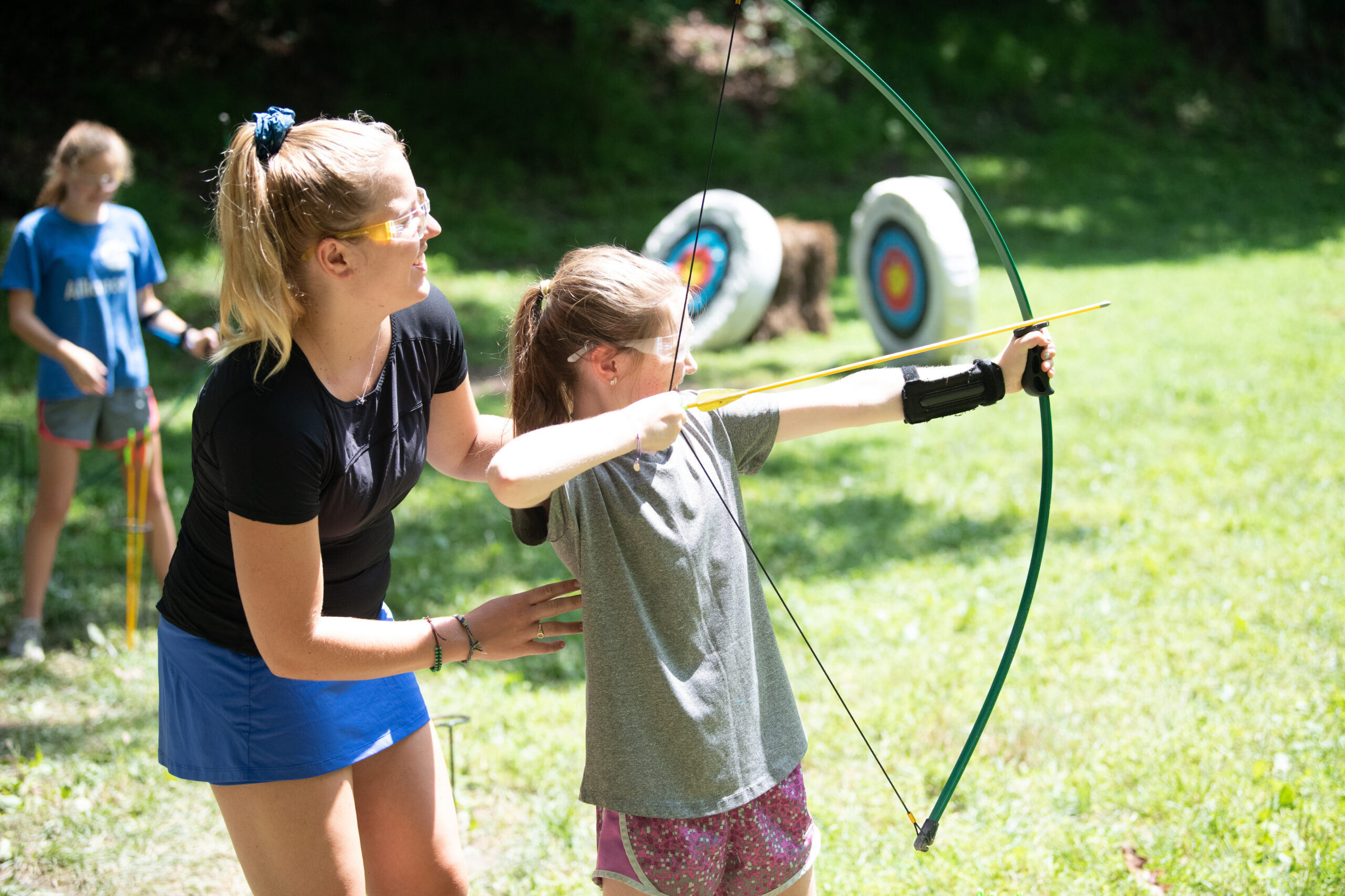
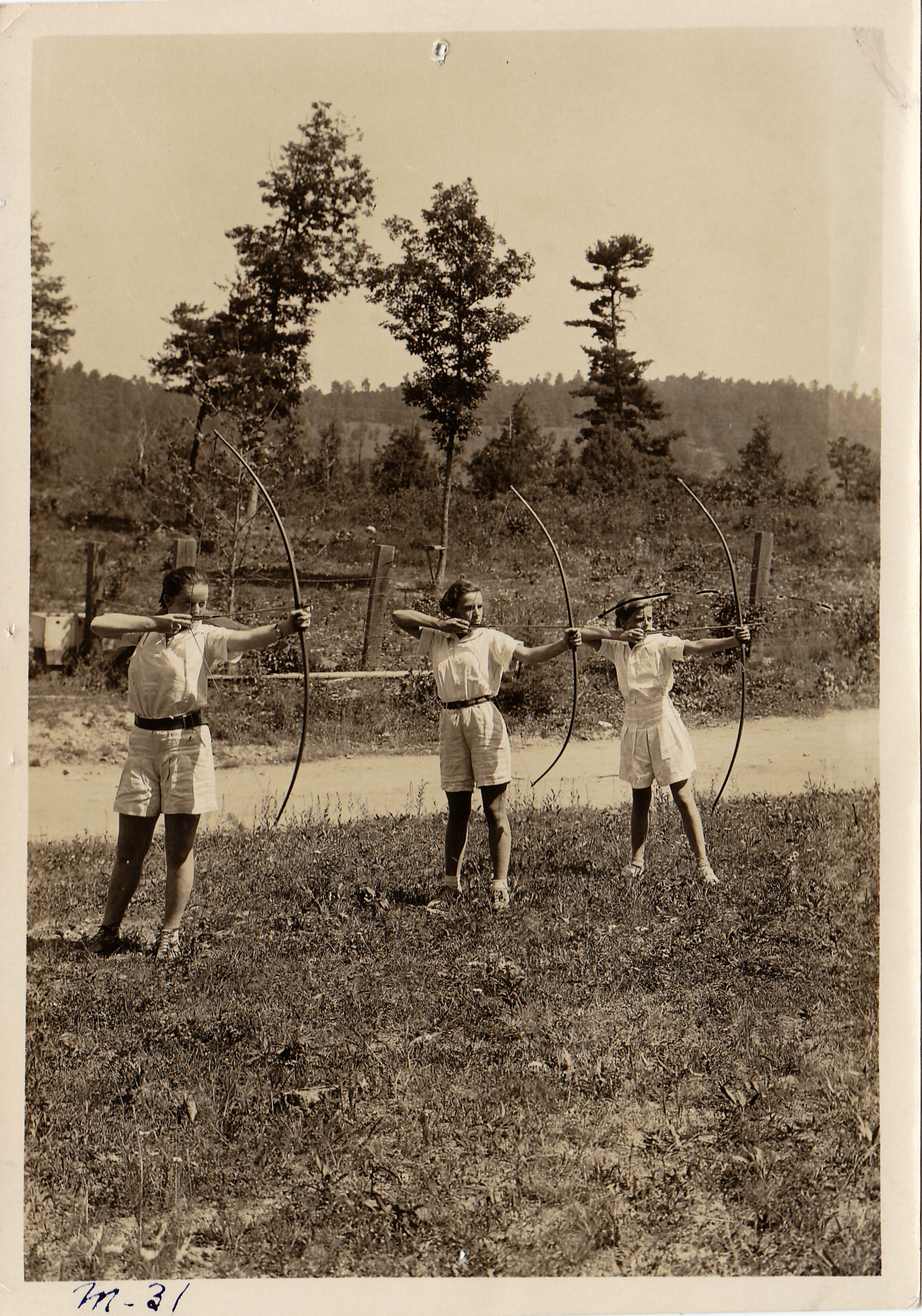
Though Carol Keiger’s granddaughter is still too young to go to Camp Mont Shenandoah, Keiger returned last year as a “camp grandmother.” An administrator and educator at St. Catherine’s School in Richmond, her camp duties were to assist counselors and pitch in when needed.
Among the improvements she noted was that the camp’s dining hall, affectionately called The Feed Bag, now serves vegetarian, gluten-free, and other diet alternatives at every meal. Vesper Hill, where campers gather around a central fire and sing songs, had not changed. “It’s still one of the most beautiful places in the world,” she says.
She was asked to help a first-time camper cope with homesickness. “The girl was very sad. I wanted to tell her that I was also homesick when I first went to camp, and that I got over it. But I couldn’t remember how I got over it. So we just walked to her cabin.”
As they neared the cabin, they noticed campers inside talking, laughing, unpacking.
“And she just took off. She ran to that cabin and it was like the homesickness had never happened.” ML
Published in the March 2024 issue of Middleburg Life.








